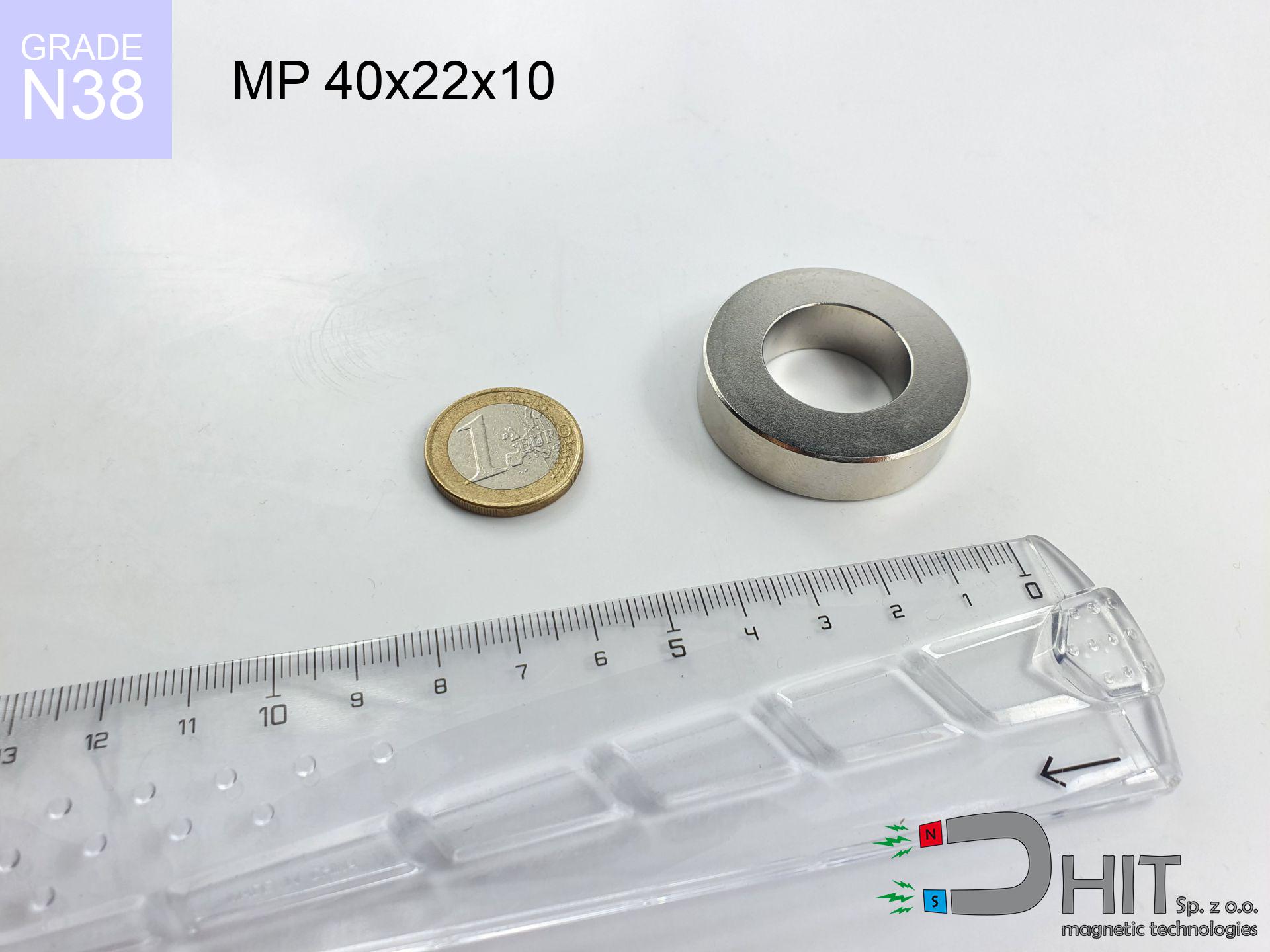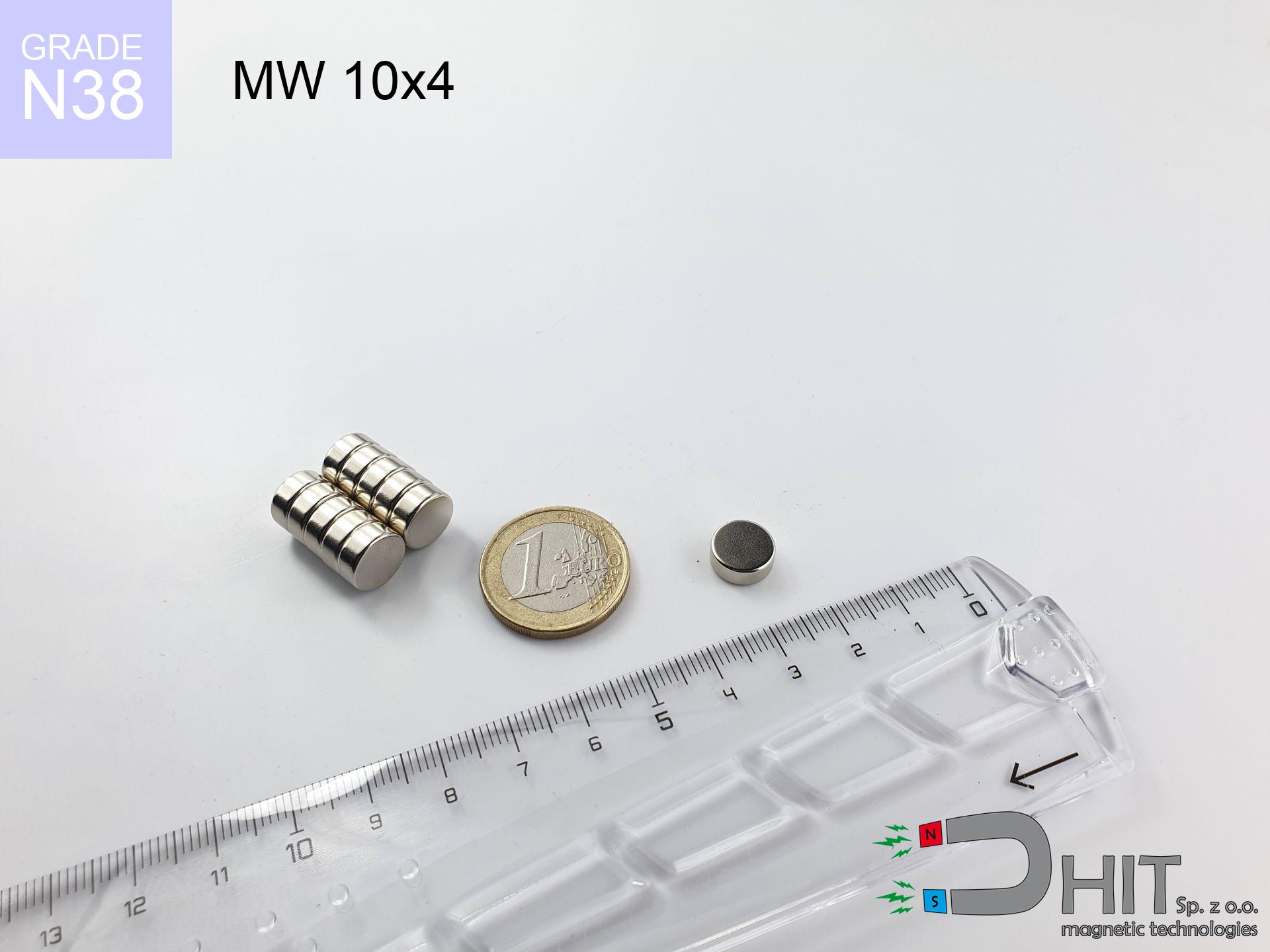SMZR 32x250 / N52 - magnetic separator with handle
magnetic separator with handle
Catalog no 140469
GTIN: 5906301813538
Diameter Ø [±0,1 mm]
32 mm
Height [±0,1 mm]
250 mm
Weight
1490 g
738.00 ZŁ with VAT / pcs + price for transport
600.00 ZŁ net + 23% VAT / pcs
bulk discounts:
Need more?Hunting for a discount?
Give us a call
+48 888 99 98 98
otherwise contact us by means of
request form
the contact section.
Strength and structure of a magnet can be analyzed with our
power calculator.
Same-day processing for orders placed before 14:00.
SMZR 32x250 / N52 - magnetic separator with handle
Magnetic properties of material N52
Physical properties of NdFeB
Shopping tips
Advantages and disadvantages of neodymium magnets NdFeB.
Besides their durability, neodymium magnets are valued for these benefits:
- They have constant strength, and over nearly 10 years their performance decreases symbolically – ~1% (according to theory),
- Their ability to resist magnetic interference from external fields is impressive,
- Because of the brilliant layer of nickel, the component looks aesthetically refined,
- They exhibit superior levels of magnetic induction near the outer area of the magnet,
- With the right combination of magnetic alloys, they reach increased thermal stability, enabling operation at or above 230°C (depending on the structure),
- Thanks to the possibility in shaping and the capability to adapt to individual requirements, neodymium magnets can be created in diverse shapes and sizes, which broadens their functional possibilities,
- Significant impact in new technology industries – they serve a purpose in computer drives, electromechanical systems, diagnostic apparatus as well as high-tech tools,
- Thanks to their concentrated strength, small magnets offer high magnetic performance, with minimal size,
Disadvantages of rare earth magnets:
- They are prone to breaking when subjected to a sudden impact. If the magnets are exposed to physical collisions, it is advisable to use in a protective case. The steel housing, in the form of a holder, protects the magnet from cracks and strengthens its overall robustness,
- High temperatures may significantly reduce the magnetic power of neodymium magnets. Typically, above 80°C, they experience permanent deterioration in performance (depending on size). To prevent this, we offer heat-resistant magnets marked [AH], capable of working up to 230°C, which makes them perfect for high-temperature use,
- Magnets exposed to humidity can corrode. Therefore, for outdoor applications, we advise waterproof types made of non-metallic composites,
- The use of a protective casing or external holder is recommended, since machining threads in neodymium magnets is risky,
- Health risk related to magnet particles may arise, when consumed by mistake, which is notable in the protection of children. Furthermore, tiny components from these products have the potential to disrupt scanning once in the system,
- Higher purchase price is an important factor to consider compared to ceramic magnets, especially in budget-sensitive applications
Detachment force of the magnet in optimal conditions – what it depends on?
The given lifting capacity of the magnet means the maximum lifting force, determined under optimal conditions, that is:
- with mild steel, used as a magnetic flux conductor
- having a thickness of no less than 10 millimeters
- with a polished side
- with zero air gap
- under perpendicular detachment force
- at room temperature
What influences lifting capacity in practice
The lifting capacity of a magnet is determined by in practice the following factors, according to their importance:
- Air gap between the magnet and the plate, as even a very small distance (e.g. 0.5 mm) can cause a drop in lifting force of up to 50%.
- Direction of applied force, because the maximum lifting capacity is achieved under perpendicular application. The force required to slide the magnet along the plate is usually several times lower.
- Thickness of the plate, as a plate that is too thin causes part of the magnetic flux not to be used and to remain wasted in the air.
- Material of the plate, because higher carbon content lowers holding force, while higher iron content increases it. The best choice is steel with high magnetic permeability and high saturation induction.
- Surface of the plate, because the more smooth and polished it is, the better the contact and consequently the greater the magnetic saturation.
- Operating temperature, since all permanent magnets have a negative temperature coefficient. This means that at high temperatures they are weaker, while at sub-zero temperatures they become slightly stronger.
* Lifting capacity testing was carried out on plates with a smooth surface of optimal thickness, under perpendicular forces, whereas under shearing force the load capacity is reduced by as much as 5 times. Additionally, even a minimal clearance {between} the magnet’s surface and the plate lowers the load capacity.
Be Cautious with Neodymium Magnets
Under no circumstances should neodymium magnets be placed near a computer HDD, TV, and wallet.
Strong magnetic fields emitted by neodymium magnets can destroy magnetic storage media such as floppy disks, credit cards, magnetic ID cards, cassette tapes, video tapes, or other devices. They can also damage televisions, VCRs, computer monitors, and CRT displays. Avoid placing neodymium magnets in close proximity to electronic devices.
Neodymium magnets are not recommended for people with pacemakers.
In the case of neodymium magnets, there is a strong magnetic field. As a result, it interferes with the operation of a heart pacemaker. However, if the magnetic field does not affect the device, it can damage its components or deactivate the device when it is in a magnetic field.
Dust and powder from neodymium magnets are flammable.
Do not attempt to drill into neodymium magnets. Mechanical processing is also not recommended. Once crushed into fine powder or dust, this material becomes highly flammable.
It is essential to maintain neodymium magnets away from youngest children.
Neodymium magnets are not toys. Be cautious and make sure no child plays with them. In the case of swallowing multiple magnets simultaneously, they can attract to each other through the intestinal walls. In the worst case scenario, this can lead to death.
Neodymium magnets are the strongest magnets ever created, and their power can shock you.
On our website, you can find information on how to use neodymium magnets. This will help you avoid injuries and prevent damage to the magnets.
Neodymium magnets can attract to each other, pinch the skin, and cause significant swellings.
In the case of holding a finger in the path of a neodymium magnet, in such a case, a cut or a fracture may occur.
Magnets made of neodymium are delicate as well as can easily break as well as shatter.
Neodymium magnets are fragile and will break if allowed to collide with each other, even from a distance of a few centimeters. Despite being made of metal and coated with a shiny nickel plating, they are not as hard as steel. In the case of a collision between two magnets, there can be a scattering of small sharp metal fragments in different directions. Protecting your eyes is essential.
Neodymium magnets can demagnetize at high temperatures.
While Neodymium magnets can lose their magnetic properties at high temperatures, it's important to note that the extent of this effect can vary based on factors such as the magnet's material, shape, and intended application.
Do not bring neodymium magnets close to GPS and smartphones.
Neodymium magnets produce strong magnetic fields that interfere with magnetometers and compasses used in navigation, as well as internal compasses of smartphones and GPS devices.
The magnet is coated with nickel. Therefore, exercise caution if you have an allergy.
Studies show a small percentage of people have allergies to certain metals, including nickel. An allergic reaction often manifests as skin redness and rash. If you have a nickel allergy, try wearing gloves or avoid direct contact with nickel-plated neodymium magnets.
Be careful!
Please see the article - What danger lies in neodymium magnets? You will learn how to handle them properly.



![BM 700x180x75 [8xM10] - magnetic beam BM 700x180x75 [8xM10] - magnetic beam](https://cdn3.dhit.pl/graphics/blank.jpg)
![SM 32x400 [2xM8] / N42 - magnetic separator SM 32x400 [2xM8] / N42 - magnetic separator](https://cdn3.dhit.pl/graphics/products/sm-32x400-2xm8-tep.jpg)



